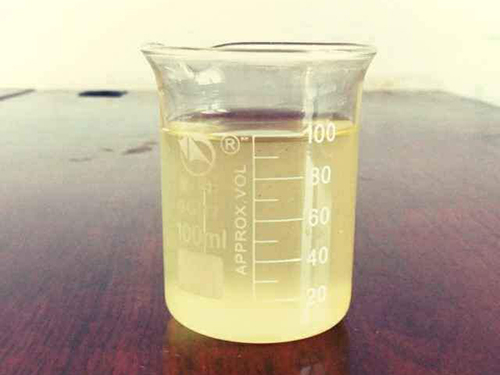Sodium Salt of Polyaspartic Acid for Enhanced Performance in Various Applications and Industries
The Versatile Applications of Polyaspartic Acid Sodium Salt
Polyaspartic acid sodium salt, a derivative of the amino acid aspartic acid, has emerged as a significant player in various industries due to its unique properties and versatility. As a water-soluble polymer, it has garnered attention for its effectiveness in applications ranging from agriculture to pharmaceuticals, showcasing its multifaceted benefits.
Chemical Structure and Properties
Polyaspartic acid sodium salt is characterized by its polyamide structure, which consists of repeating units of aspartic acid. This polymer is highly soluble in water, allowing it to act as an effective dispersant and stabilizer in various formulations. Its properties, including biodegradability, non-toxicity, and high affinity for metal ions, make it an environmentally friendly option compared to many synthetic alternatives.
Agricultural Applications
One of the most promising applications of polyaspartic acid sodium salt is in the agricultural sector. It is used as a soil conditioner due to its ability to enhance water retention and improve soil structure. By integrating polyaspartic acid sodium salt into soil treatments, farmers can promote healthier crop growth and reduce water usage. Furthermore, its chelating properties allow it to bind with essential micronutrients, thereby improving nutrient uptake in plants. This ability not only boosts crop yields but also contributes to sustainable farming practices.
Industrial Uses
polyaspartic acid sodium salt

In industrial settings, polyaspartic acid sodium salt has found a place as a superior additive in various formulations. Its effectiveness as a dispersant makes it invaluable in the paint and coatings industry, where it helps to stabilize pigments and prevents sedimentation. This results in smoother application and enhanced durability of finished products. Additionally, its use in concrete additives improves the performance of construction materials, leading to increased strength and reduced water permeability.
Pharmaceutical and Healthcare Applications
The pharmaceutical industry has also recognized the potential of polyaspartic acid sodium salt. Its biocompatibility and non-toxic nature render it suitable for drug delivery systems. By utilizing this polymer, researchers can develop controlled-release formulations that enhance the efficacy of medications. Moreover, its role in biostimulants has been investigated, with studies indicating that it may promote cell proliferation and tissue regeneration, providing new avenues for therapeutic applications.
Environmental Impact and Sustainability
As environmental concerns continue to rise, the demand for sustainable materials is increasingly important. Polyaspartic acid sodium salt stands out as a green alternative due to its biodegradable nature and minimal environmental impact. Unlike many conventional synthetic polymers, which contribute to pollution and landfill waste, polyaspartic acid sodium salt can be broken down by natural processes, aligning with sustainability goals across multiple industries.
Conclusion
In conclusion, polyaspartic acid sodium salt represents a remarkable development in polymer chemistry with wide-ranging applications. Its beneficial properties in agriculture, industry, and healthcare underscore its versatility and importance. As researchers continue to explore its potential, polyaspartic acid sodium salt is poised to play a crucial role in advancing sustainable practices across various fields. Emphasizing the need for environmentally friendly solutions, this polymer not only meets current market demands but also contributes positively to ecological preservation. Its promising future positions it as a key component in the evolution of modern materials and applications.
-
Understanding Polycarboxylic Acids: Properties, Applications, and Future PotentialNewsJul.28,2025
-
Scale Inhibitor Explained: How to Protect Your System from Limescale and Hard Water DamageNewsJul.28,2025
-
Scale and Corrosion Inhibitors: Essential Chemicals for Industrial Water System ProtectionNewsJul.28,2025
-
Polyaspartic Acid: A Biodegradable Polymer for Sustainable ChemistryNewsJul.28,2025
-
Isothiazolinones: A Versatile Antimicrobial Class with Industrial Power and Regulatory ChallengesNewsJul.28,2025
-
A Deep Dive into 2-Phosphonobutane-1,2,4-Tricarboxylic Acid (PBTC)NewsJul.28,2025





